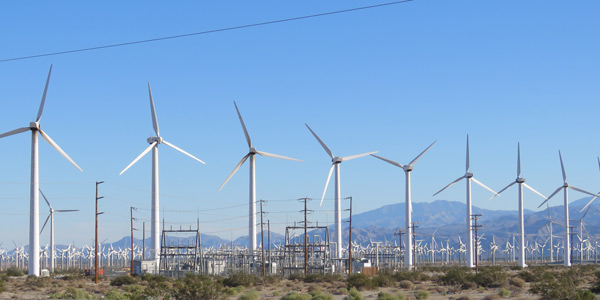By Rich Heidorn Jr.
FERC last week asked for additional comments on the rule it proposed in November that all newly interconnecting generators provide primary frequency response.
The Notice of Proposed Rulemaking, which reflected both reliability concerns and the technological advances of renewable generators, proposed revising the pro forma Large Generator Interconnection Agreement (LGIA) and Small Generator Interconnection Agreement (SGIA). (See FERC Proposes Frequency Response Requirements for Renewables.)
On Friday, the commission issued a notice requesting supplemental comments on electric storage and small generators (RM16-6).
The commission said it was prompted by the Energy Storage Association (ESA) and other commenters who said that the NOPR failed to address storage’s “unique technical attributes” and could discriminate against them.
ESA said that the proposed use of nameplate capacity as the basis for primary frequency response service and the fact that electric storage resources can operate at the full range of their capacity — without a minimum set point — would require them to provide a “greater magnitude of [primary frequency response] service than traditional generating facilities.”
“In light of these concerns, the commission seeks additional information to better understand the performance characteristics and limitations of electric storage resources, possible ramifications of the proposed primary frequency response requirements on electric storage resources, and what changes, if any, are needed to address the issues raised by ESA and others,” the commission said.
FERC also asked for more information on commenters’ concerns that small generating facilities could face disproportionate costs in providing frequency response.
Commenters including the Sierra Club, the Sustainable FERC Project and the National Rural Electric Cooperative Association said that the NOPR failed to prove the commission’s conclusion that “small generating facilities are capable of installing and enabling governors at low cost in a manner comparable to large generating facilities.”
Comments will be due 21 days after publication of the notice in the Federal Register.





